Strikingly similar in their appearances and relation to one another, are there any real differences between cow parsnip vs giant hogweed? These two wild plants are considered invasive in a number of locations around the world, but what else do these plants have in common, and how can you learn how to tell them apart?
In this article, we will compare and contrast cow parsnip with giant hogweed so that you can fully understand the differences between them. We will give you some tips on how to best identify them in the wild, as well as what they are typically used for. Finally, we will tell you where these plants both originated and where they are most likely to be found. Let’s get started now!
Comparing Cow Parsnip vs Giant Hogweed
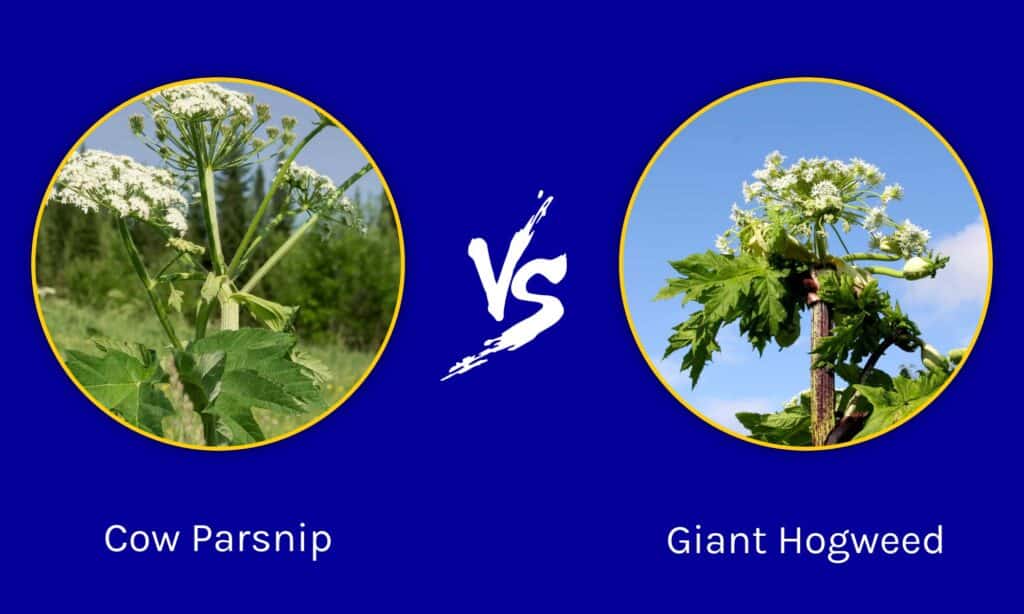
A-Z-Animals.com
Key Differences Between Cow Parsnip vs Giant Hogweed
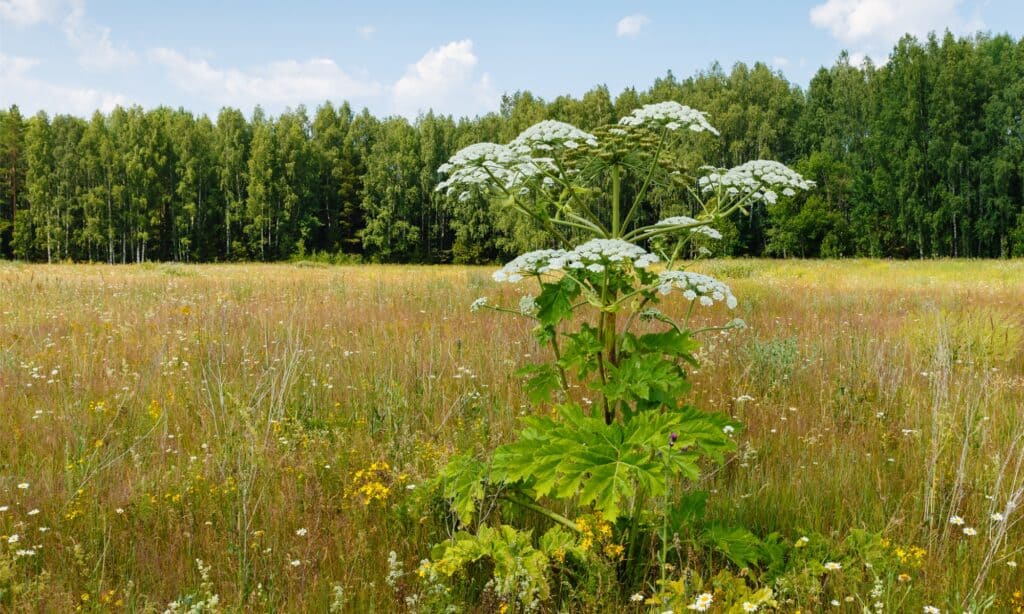
iStock.com/Mieszko9
There are a number of key differences between cow parsnip and giant hogweed. For example, cow parsnip and giant hogweed belong to the same plant family and genus, but they are two distinct species from one another. In addition to this, giant hogweed grows much taller than cow parsnip does. The stems of giant hogweed have purple spots on them, while cow parsnip stems remain green. Finally, cow parsnip is native to North America, while giant hogweed is native to Russia.
Let’s go over all of these differences in more detail now.
Cow Parsnip vs Giant Hogweed: Classification
It’s obvious that cow parsnip and giant hogweed are related to one another, given just how similar they look. However, despite giant hogweed and cow parsnip belonging to the same plant family and genus, they are classified as two distinct species from one another. Looking at them in more detail, cow parsnip is classified as Heracleum maximum, while giant hogweed is classified as Heracleum mantegazzianum.
Cow Parsnip vs Giant Hogweed: Description
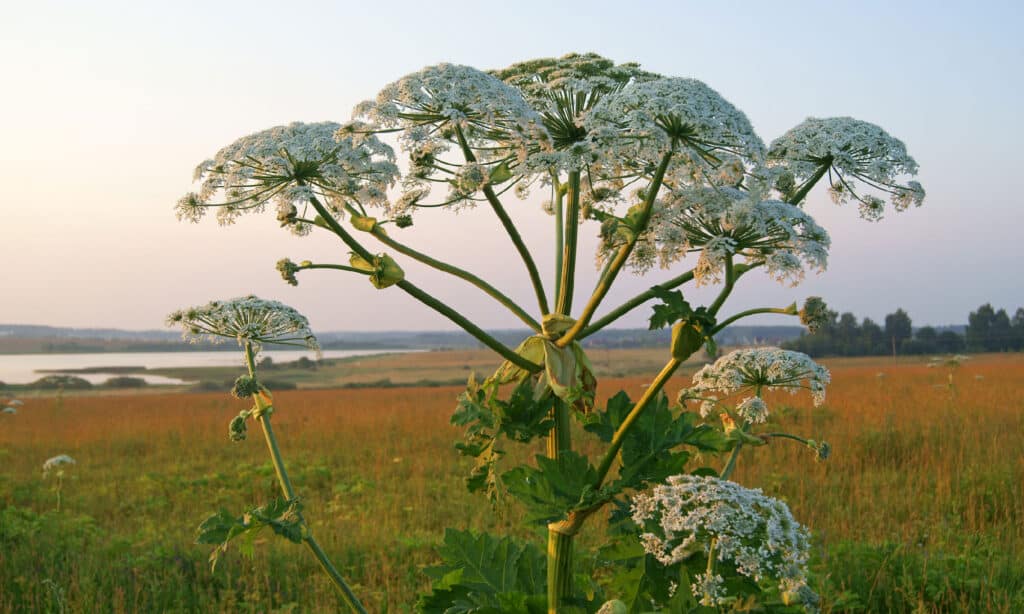
iStock.com/hapelena
You are unlikely to run across both cow parsnip and giant hogweed in the same area, but you would be hard-pressed to tell them apart if you did. However, there are few signs that you can look out for in order to tell which plant is a cow parsnip and which plant is a giant hogweed. For example, like the name suggests, giant hogweed can reach 20 feet in height, while cow parsnip reaches up to 10 feet in height.
Both cow parsnip and giant hogweed have white umbel flowers, growing large and rounded at the top of each stem. However, cow parsnip flowers are flatter compared to the rounded flowers found on giant hogweed. The stems of the giant hogweed plant have distinct purple or red spots on them, while cow parsnip stems remain green. Finally, the leaves of the giant hogweed plant are more serrated and deeply veined compared to the comparatively plain leaves found on cow parsnip.
Cow Parsnip vs Giant Hogweed: Uses
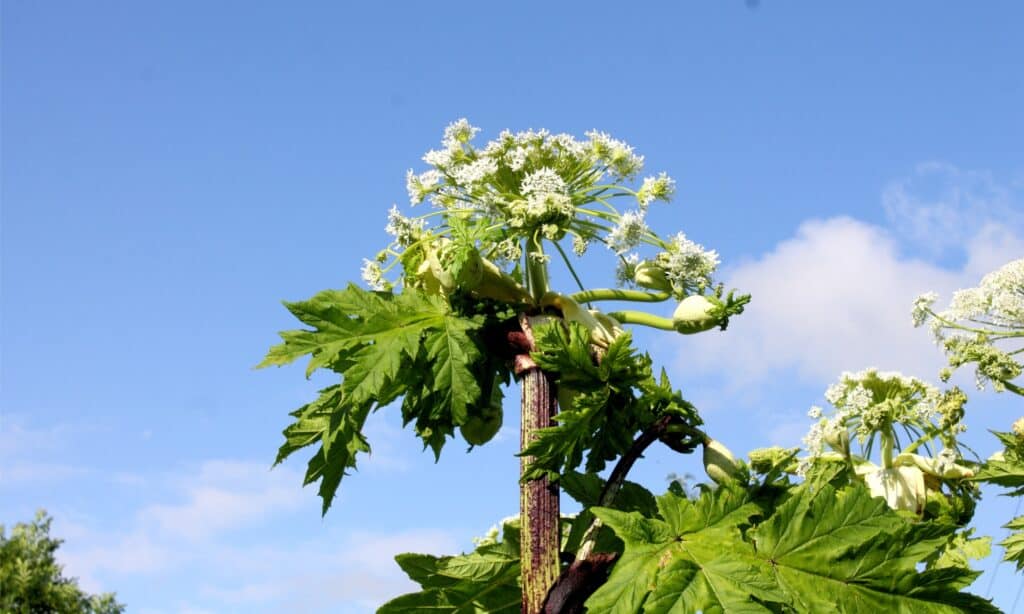
iStock.com/SailsKool
Cow parsnip and giant hogweed have very few uses nowadays, considering they are both noxious and invasive weeds in most locations. However, cow parsnip stems were once consumed by Native Americans, while giant hogweed was once considered an ornamental plant. Despite their original intentions, both cow parsnip and giant hogweed have very few uses in a garden or backyard, especially when you consider the fact that they both have the potential to overtake anything else you are trying to grow!
Cow Parsnip vs Giant Hogweed: Origin and How to Grow
The origins of cow parsnip and giant hogweed differ from each other greatly. For example, cow parsnip originated in North America, while giant hogweed originated in Russia before being brought over to Europe as an ornamental plant. Both of these weeds grow with ease and similarly to each other, preferring full sunlight and locations near reliable sources of water. It is not recommended that you plant either of these two plants, given their noxious nature and ability to overtake other plants.
Cow Parsnip vs Giant Hogweed: Best Ways to Identify
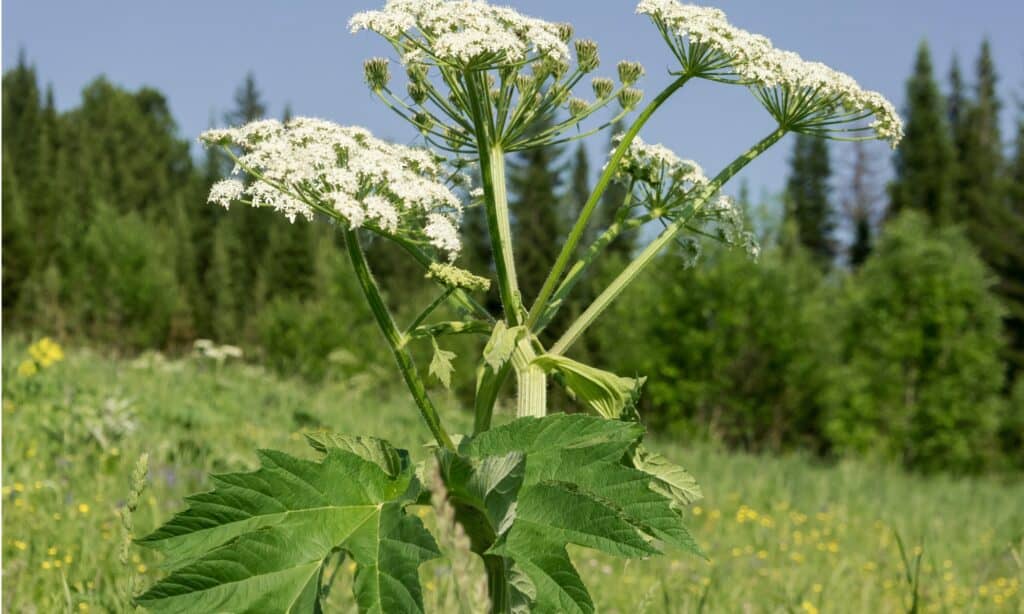
iStock.com/Svetlana Popova
Given that both of these plants produce a toxic sap that can cause skin abrasions and burns, it is important that you know how to best identify them in the wild. When it comes to identifying cow parsnip, the flowers are flat and the stems are green, compared to the rounded flowers and purplish stems found on the giant hogweed plant. Unless you are foraging for one of these plants in particular, it’s best to give anything that resembles cow parsnip or giant hogweed a wide berth, given the fact that many of the plants found in this plant family are toxic!
The post Cow Parsnip vs Giant Hogweed: 5 Key Differences appeared first on AZ Animals.
from Animal News, Facts, Rankings, and More! - AZ Animals https://ift.tt/U7soVra